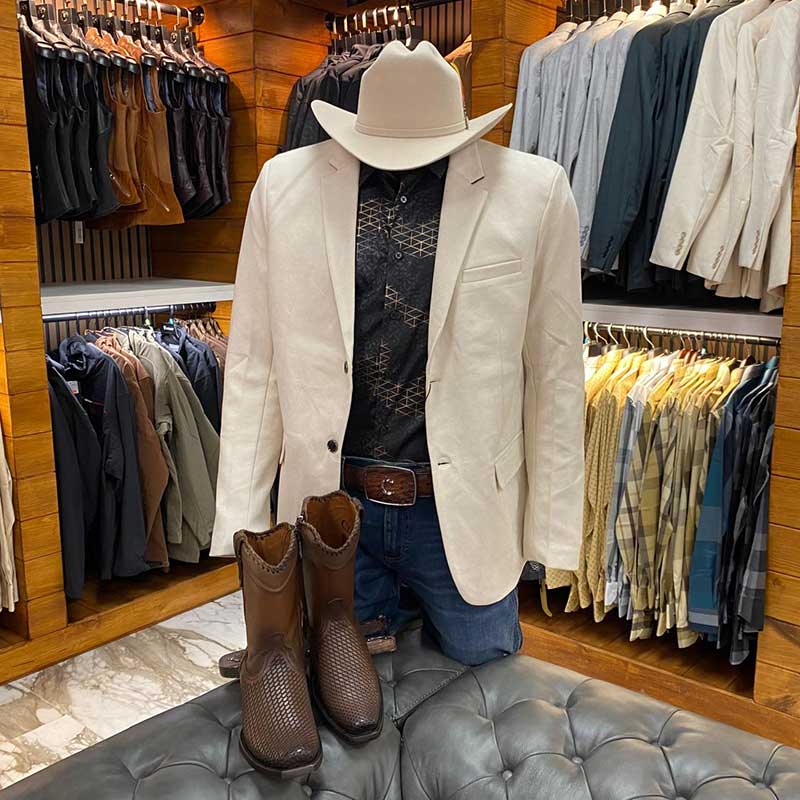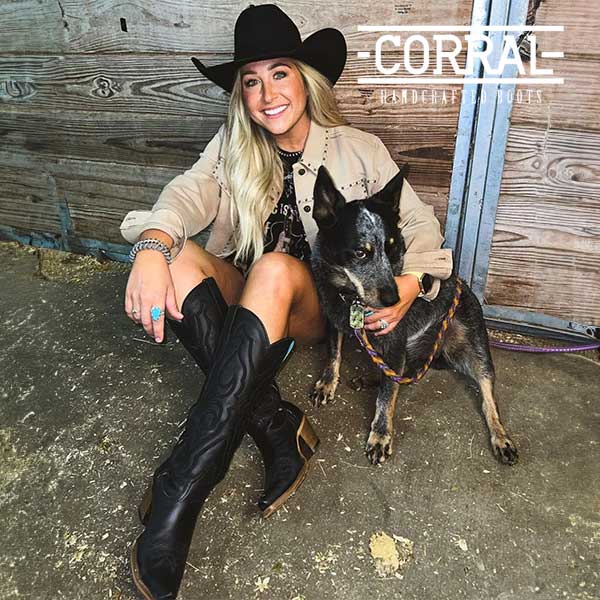The tanning of the leather

We made a little tour to show you what your boots or booties are made of. For that reason we visited the Heart of the Mexican Republic, they call it "The Footwear Capital of the World", Leon, Guanajuato.
In every corner of Leon, we can find the tanneries, places where the leather tanning process takes place, a necessary process to create your shoes. In these places the skins are received and treated with chemicals and dyes, and most of them even arrive there with cattle hair.
In every corner of Leon, we can find the tanneries, places where the leather tanning process takes place, a necessary process to create your shoes. In these places the skins are received and treated with chemicals and dyes, and most of them even arrive there with cattle hair.
The Pelambre. The skins or hides that still have hair enter a paleto, a kind of very large wooden drums that go around several times with a mixture of chemicals such as sulfur.

Soaking. Once hairless, they are removed to the drums, a kind of very large barrel that can hold up to 300 hides, depending on the size.
De-fleshing and Hanging. The hides are then de-fleshed through a machine and cleaned of excess fat.
The hide or skin, also called 'la flor', is split and then put back into special drums where chrome is poured over it. Here, the leather turns blue, this is called "WET BLUE" or "BLUE LEATHER".

Classification. The Wet Blue also has to go through a selection process where they separate from less to more natural damage or caused in leather. This is to classify the quality of the leather.
Retanned and Dyed. They are retanned and dyed with chemicals depending on the type of leather, e.g. Nobuck, Caisson, etc. and an operation of draining and drying is done at room temperature, in an overhead hanger, finishing the process of "Wet".
Retanned and Dyed. They are retanned and dyed with chemicals depending on the type of leather, e.g. Nobuck, Caisson, etc. and an operation of draining and drying is done at room temperature, in an overhead hanger, finishing the process of "Wet".

Finished. Now, it is taken to a finishing area, depending on the product can go through polishing machines, ironing or engraving. And to the gun machine, to apply the chemicals corresponding to the type of leather.

Equalizations. Once finished, they go to the equalizations to condition the product and adjust the final details. Each leather is measured in a machine, rolls are made and enters the warehouse of the finished product.

Quality Standards. The leather has to go through a laboratory to meet quality standards of technical design, such as: Tension, Friction, Elasticity, and Flexibility. Necessary and mandatory tests to guarantee you a comfortable shoe to help keep your feet healthy.

A proper shoe protects your feet properly and does not hurt them. And most importantly... They provide Durability.




